Enhancing Ambiance and Efficiency in Your Home with Smart Lighting Solutions
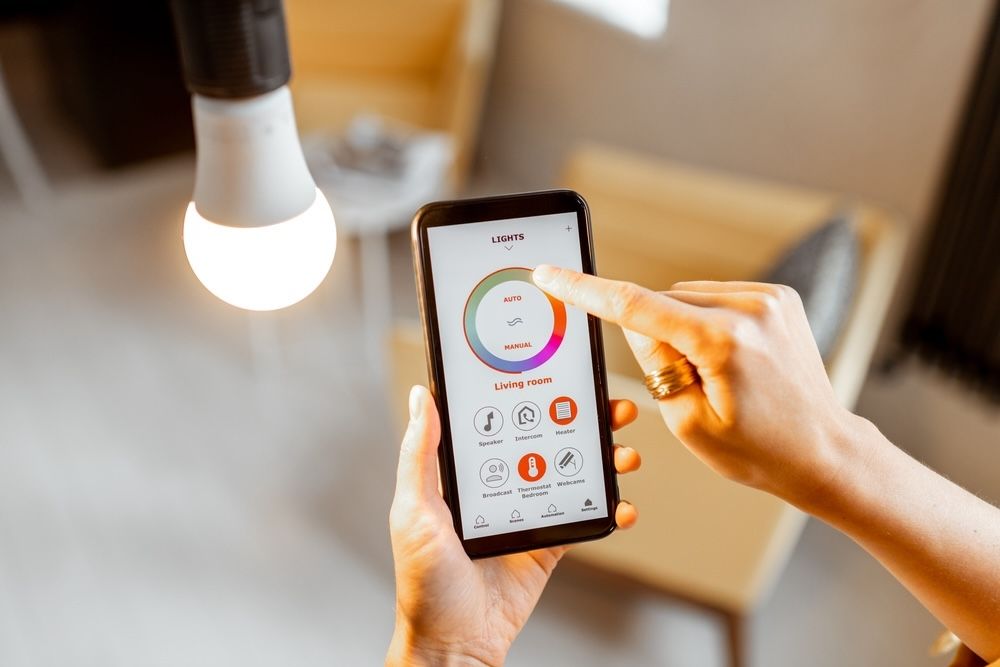
In the age of smart home technology, lighting has evolved beyond mere functionality to become an integral part of home decor, mood enhancement, and energy management. Smart lighting solutions offer a dynamic way to control the ambiance of your home while providing significant energy savings and convenience. This article dives into the mechanics, benefits, and uses of smart lighting, backed by the latest statistics to guide your decisions.
What is Smart Lighting?
Smart lighting is a cutting-edge solution within the broader category of smart home technology. It encompasses a variety of lighting fixtures that can be controlled remotely through different interfaces, such as mobile applications, voice-controlled assistants (like Amazon Alexa, Google Assistant, or Apple HomeKit), and even through more complex home automation systems. This flexibility allows users to adjust lighting settings from anywhere, at any time, enhancing both the convenience and efficiency of home lighting systems.
The backbone of smart lighting technology is often LED (Light Emitting Diode) bulbs, which are chosen for their energy efficiency and longevity. LEDs use up to 75% less energy than traditional incandescent bulbs and last up to 25 times longer. Unlike traditional bulbs, LEDs do not "burn out" in the conventional sense; instead, they experience lumen depreciation, where the amount of light produced decreases gradually, making them more reliable over a longer period.
Smart lighting systems connect to your home network, typically via Wi-Fi or a specialized bridge device that links to your router. This connectivity allows the lights to be part of a networked system, which can include other smart devices. Users can create settings for:
Scheduling: Lights can be programmed to turn on and off at specific times, which is convenient for routine activities and energy saving.
Dimming: Unlike many traditional lighting fixtures, smart lights can be dimmed without the need for a separate dimmer switch, offering versatile lighting options that can change to suit different moods or times of day.
Color Change: Some advanced smart bulbs are capable of displaying a wide range of colors, which can be adjusted through their app to create different atmospheres or effects tailored to events or personal preferences.
As noted in the Grand View Research report, the global smart lighting market was valued at approximately $10.5 billion in 2020. This market is projected to grow at a compound annual growth rate (CAGR) of 20.9% from 2021 to 2028. This rapid growth is attributed to increasing consumer awareness about the benefits of smart home devices, the expanding IoT (Internet of Things) infrastructure, and the rising focus on energy efficiency by governments and consumers alike.
Energy Efficiency and Cost Savings
Smart lighting, especially when it utilizes LED technology, stands at the forefront of energy-efficient home automation solutions. The efficiency and cost-effectiveness of these systems offer substantial benefits not only for individual households but also on a broader environmental scale.
LEDs (Light Emitting Diodes) are fundamentally different from traditional incandescent bulbs in their operation. While incandescent bulbs create light by heating a filament until it glows, LEDs produce light through electroluminescence — a process where electricity is passed through a semiconductor material, which then emits light. This method is significantly more efficient for several reasons:
Less Energy Wasted as Heat: LEDs convert a higher proportion of energy into light, wasting much less as heat compared to incandescent bulbs. Incandescent bulbs release about 90% of their energy as heat, while LEDs release a much smaller fraction.
Directional Lighting: LEDs emit light in specific directions, reducing the need for reflectors and diffusers that can trap light. This feature makes them more efficient for many uses including recessed downlights and task lighting.
The initial purchase price of LED bulbs is higher than that of traditional bulbs, but the long-term savings are significant. LEDs have a much longer lifespan, typically lasting 25 to 50 times longer than incandescent bulbs and about 2 to 5 times longer than fluorescent lamps. This extended lifespan reduces the frequency of replacement, which means lower long-term costs and less inconvenience.
Additionally, the operational cost of LED lighting is lower. For example, a typical 60-watt incandescent bulb can be replaced with a 10-watt LED that offers similar brightness, resulting in about 75% reduction in energy consumption. Given that lighting accounts for about 15% of an average household’s electricity bill, switching to LEDs can result in substantial savings.
On a larger scale, the adoption of LED lighting has profound implications for energy conservation and emission reductions. According to the U.S. Department of Energy, widespread use of LEDs could lead to significant reductions in electrical demand. The projected saving of 348 terawatt-hours over the next decade is equivalent to the annual output of 44 large electric power plants. In financial terms, this equates to over $30 billion saved on electricity bills at current prices.
The reduction in energy consumption also leads to decreased greenhouse gas emissions from power plants, contributing to efforts against climate change. Moreover, LEDs do not contain hazardous substances like mercury, which is present in small amounts in fluorescent lighting, making them a safer and more environmentally friendly option.
Enhancing Home Ambiance
Smart lighting goes beyond mere illumination; it plays an integral role in interior design and personal well-being by allowing users to tailor their environment to their needs and preferences. Here are some key features that make this possible:
Dimming Capabilities: Traditional lighting offers static brightness, which can be limiting. Smart lighting, on the other hand, includes seamless dimming capabilities that do not require additional hardware like dimmer switches. Users can adjust the brightness of their lights directly from their smartphone or through voice commands. This feature is particularly useful in creating a relaxing ambiance in the evenings or providing bright light for reading without installing different fixtures.
Color Temperature and Color Changing: Smart bulbs are available in a range of color temperatures, from warm (yellowish) hues that mimic the glow of incandescent bulbs to cool (bluish) tones that resemble daylight. These temperatures can impact mood significantly; warm lights are relaxing and comforting, while cool lights are energizing and can help improve concentration. Moreover, many smart lighting systems offer RGB (red, green, blue) color-changing options, allowing for the creation of vibrant interiors with colored lighting. This can be used to set themes for parties, match lighting with seasonal decorations, or simply to add a playful element to rooms.
Scheduling and Automation: With smart lighting, it's possible to schedule when lights turn on and off, which enhances daily routines. For example, lights can be programmed to gradually brighten in the morning, simulating sunrise to help users wake up more naturally—a feature 55% of smart lighting users appreciate according to Philips Hue. Conversely, lights can dim gradually in the evening to help the body prepare for sleep, mimicking natural sunset.
Scene Setting: Many smart lighting systems allow users to create and save "scenes"—predefined lighting settings for specific activities such as watching movies, dining, or reading. Once set, these scenes can be activated with a single tap or voice command, instantly adjusting the lighting to the desired ambiance.
The ability to control lighting so precisely has more than just aesthetic benefits; it also affects emotional well-being and productivity. According to research, appropriate lighting can reduce stress and increase happiness and energy levels. It's also been shown to improve cognitive performance and reduce fatigue. In spaces like home offices, customizable lighting is especially beneficial for maintaining focus and efficiency throughout the workday.
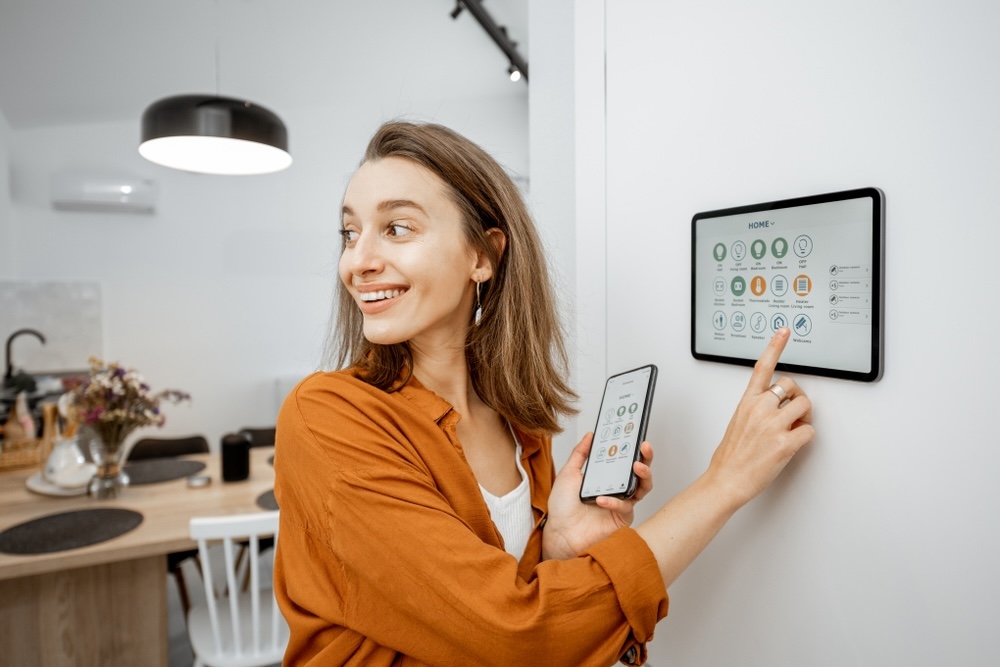
Health and Wellbeing
Smart lighting technology can have a significant impact on health by supporting the body’s natural circadian rhythms—our internal clock that regulates the sleep-wake cycle over a 24-hour period. Properly timed exposure to light helps maintain these rhythms, and misalignment can lead to various health issues, including sleep disorders, depression, and obesity.
Circadian lighting technology uses adjustable color temperature settings to emulate natural daylight patterns. In the morning, exposure to cooler, blue-light-rich illumination can stimulate alertness and help signal to the body that it's time to wake up and be active. As evening approaches, lighting should transition to warmer tones with less blue light, signaling to the body that it's time to wind down and prepare for sleep. This mimics the natural progression of the sun and can help reinforce our natural circadian rhythms, promoting healthier sleep patterns.
The study published in the Journal of Clinical Sleep Medicine highlights the importance of this approach. It showed that participants exposed to brighter light during the day experienced a 20% improvement in sleep quality at night. Further research supports these findings, indicating that adequate exposure to natural light during the day can improve sleep quality and duration, as well as mood and energy levels.
Other studies have also shown that poor or inadequate lighting can contribute to depression and other mood disorders. On the other hand, proper lighting can reduce symptoms of Seasonal Affective Disorder (SAD), a type of depression related to changes in seasons, largely due to variations in light exposure.
Beyond improving sleep, the right lighting can also enhance cognitive performance and reduce the occurrence of headaches and eye strain, common issues associated with poor lighting conditions. For instance, a study by the American Society of Interior Design indicated that 68% of employees complain about the lighting situation in their offices, often citing it as too dim or too harsh. Smart lighting offers a solution by allowing for personalized settings that can adjust to individual preferences and tasks at hand, which not only improves comfort but also productivity and job satisfaction.
Smart lighting can be particularly beneficial for the elderly or those with special health needs. For example, individuals with dementia often experience changes in their sleep patterns. Smart lighting that simulates the natural progression of light helps improve sleep and reduce agitation in such individuals.
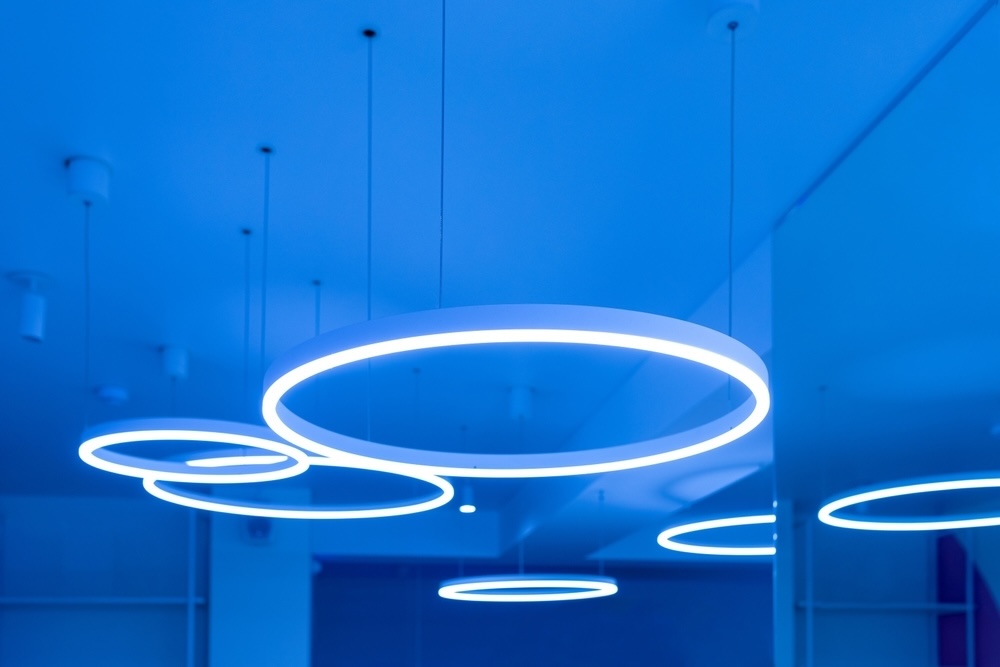
Home Security
Smart lighting is a powerful ally in the realm of home security. Its capabilities extend beyond basic illumination, providing homeowners with innovative ways to protect their property. Here’s how smart lighting contributes to enhanced security:
Simulating Occupancy: One of the most straightforward security benefits of smart lighting is its ability to simulate occupancy. This is a classic deterrent tactic, where lights are programmed to turn on and off in a pattern that suggests someone is home, even when the house is empty. This can be particularly useful during vacations or long periods away from home. With smart lighting, these patterns can be set up and controlled remotely through a smartphone app, making it easier and more convincing than traditional timers.
Integration with Security Systems: Modern smart lighting systems can be integrated with broader home security systems. This means that lights can be triggered by other security devices. For example, if a motion detector senses movement outside, it can trigger floodlights or any interior lighting, which can help deter potential intruders caught off-guard by sudden brightness. Additionally, this integration can be used to alert homeowners or neighbors to unusual activity, especially when combined with security cameras and alarms.
Remote Control and Alerts: The ability to control lighting remotely is another significant security advantage. Homeowners can adjust their home’s lighting from anywhere in the world, allowing them to respond to security alerts instantly. If a security camera notifies a homeowner of movement on their property, they can immediately turn on lights through their smartphone, potentially scaring off an intruder.
Movement Detection Triggers: As noted in the survey by Safety.com, 17% of homeowners utilize smart lighting for security purposes, including movement detection triggers. These smart lights are equipped with sensors that can detect motion and automatically illuminate areas of the home. This not only startles intruders but also alerts residents and neighbors to the presence of unexpected activity, particularly useful in areas of the home that are less frequented.
Energy Efficiency and Security: Interestingly, the energy efficiency of LED bulbs used in smart lighting systems is also beneficial for security purposes. Because LEDs are more durable and have longer lifespans, they are less likely to burn out unexpectedly, ensuring that security lighting is always operational when needed. This reliability is crucial for maintaining consistent security measures.
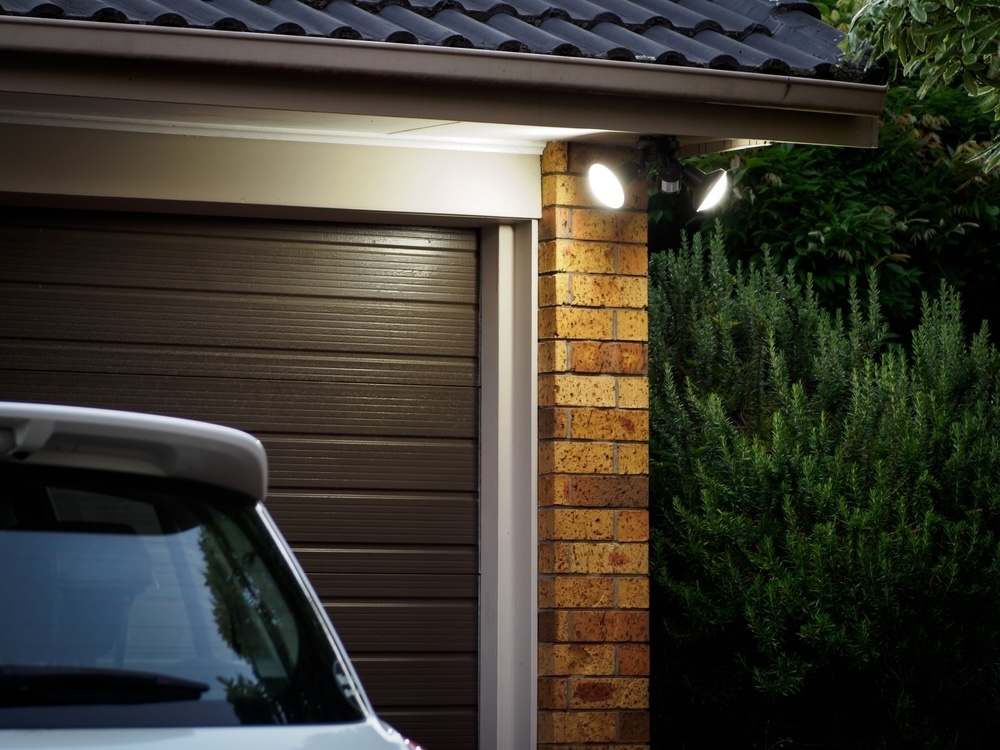
Installation and Costs
The installation process for smart lighting is designed to be user-friendly, catering to the growing consumer interest in do-it-yourself (DIY) home automation technologies.
Basic Setup
For most smart lighting systems, the basic setup involves a few simple steps:
Replacing Existing Bulbs: The first step is as straightforward as unscrewing the traditional bulbs and screwing in the smart bulbs.
Connecting to a Network: Depending on the type of smart lighting system, the bulbs can either connect directly to a home’s Wi-Fi network or require a bridge (a small device that serves as a hub for the smart bulbs). The bridge itself is connected to the home’s router, allowing communication between the bulbs and the internet.
App Installation and Configuration: Users then download the corresponding app on their smartphone or tablet, which is used to configure and control the bulbs. This step includes integrating with home assistants like Google Home or Amazon Alexa if voice control is desired.
Advanced Options
For more sophisticated setups, such as systems that integrate with entire home automation systems or offer extensive programmable features, professional installation might be recommended. This is especially true in larger homes or for systems that integrate various types of smart devices beyond lighting.
Costs: Initial Purchase
The cost of smart bulbs varies widely depending on features such as color-changing capabilities, brand, and connectivity technology. Basic smart bulbs that offer dimming and scheduling features can start as low as $10, but more advanced models with color-changing technology and higher lumens (brightness) can cost up to $50 each.
Hub Costs
If a system requires a hub or bridge, this can be an additional cost. These devices typically range from $30 to $100, depending on the brand and the number of devices they can support.
Long-Term Savings
Despite the higher initial cost, smart lighting offers significant long-term savings:
Energy Efficiency: As previously discussed, LED smart bulbs use up to 75% less energy than incandescent bulbs, which can lead to considerable savings on utility bills.
Durability: LED bulbs last much longer than traditional bulbs, reducing the frequency of replacement and the associated costs.
Maintenance and Convenience: The ability to control and monitor lighting remotely not only adds convenience but can also reduce costs related to home security, allowing for lower insurance premiums in some cases..
Endnotes
Smart lighting is more than just a technological advancement; it's a lifestyle enhancement that offers significant benefits in terms of energy savings, convenience, and personal wellbeing. As smart home technologies continue to evolve, the adoption of smart lighting is likely to become more widespread, transforming the way we light our homes. Whether you're renovating or just looking to make some incremental upgrades, integrating smart lighting solutions can elevate both the functionality and atmosphere of your living space.
Check more articles on our blog

The future of cleaning industry is closer than you may think

Enhancing Ambiance and Efficiency in Your Home with Smart Lighting Solutions
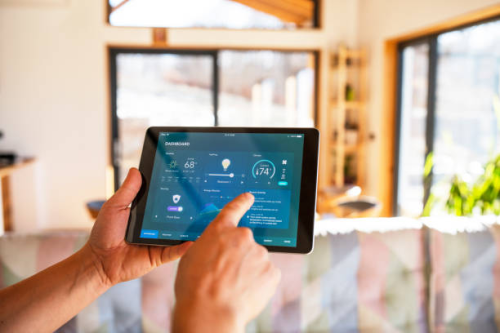
Common Myths About Home Automation
